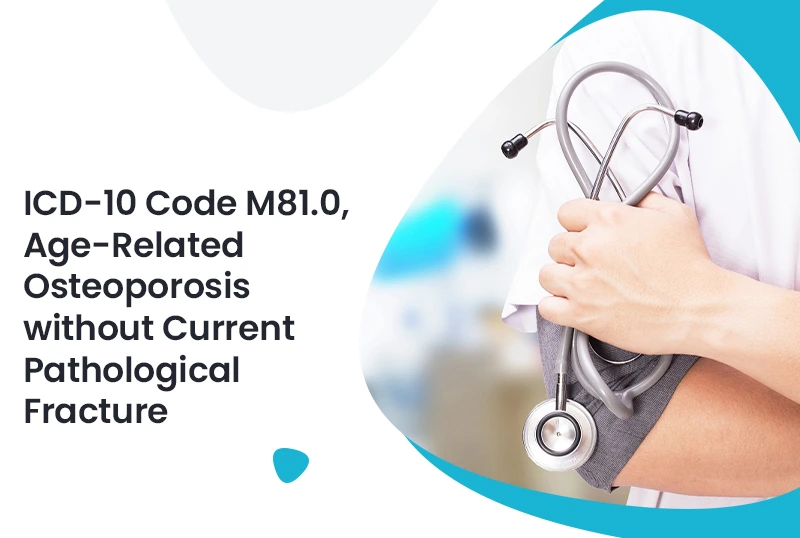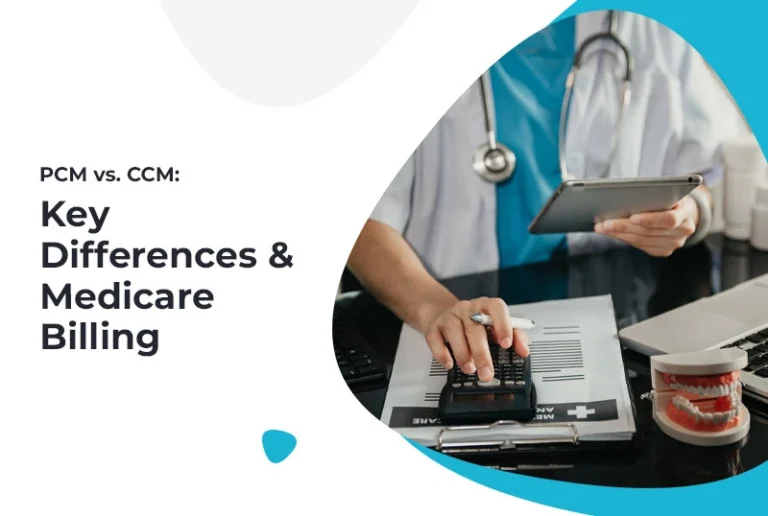Osteoporosis is a widespread condition affecting millions worldwide, particularly older adults. Precise medical coding of osteoporosis plays a critical role in ensuring patients receive timely and appropriate care. The osteoporosis ICD 10 code M81.0 is specifically used to classify age-related osteoporosis without current pathological fracture. This code is essential for healthcare providers, coders, and billers to document and manage this condition accurately.
For healthcare providers, working with a professional medical billing company can streamline the claims process related to osteoporosis. These companies bring expertise in handling complex coding requirements, reducing errors, and accelerating reimbursement. In this article, we explore the importance of ICD-10 code M81.0, best practices for its usage, and how accurate coding impacts patient care and billing workflows.
What Is Osteoporosis ICD 10 Code M81.0?
Osteoporosis is characterized by low bone mass and deterioration of bone tissue, which increases fracture risk. The ICD-10 coding system breaks down osteoporosis into various categories based on cause and presence of fractures.
The osteoporosis ICD 10 code M81.0 identifies age-related osteoporosis without current pathological fracture. This means the patient has reduced bone density commonly linked with aging but has not suffered any bone fractures related to the disease at the time of diagnosis.
This distinction is important. While M81.0 refers to osteoporosis without fractures, the M80 series codes indicate osteoporosis with one or more current pathological fractures. For example, M80.0 refers to osteoporosis with a current pathological fracture of the vertebrae.
Using the correct code ensures:
- Accurate clinical records
- Appropriate treatment planning
- Proper insurance billing and reimbursement
Why Is Accurate Coding of Osteoporosis ICD 10 Important?
Accurate coding of osteoporosis using ICD-10 codes like M81.0 has several benefits:
- Improves Patient Care: Clear documentation helps clinicians monitor osteoporosis progression and implement preventive strategies.
- Facilitates Insurance Claims: Proper codes reduce claim denials and delays by matching the patient’s clinical condition.
- Supports Quality Reporting: Accurate coding assists in meeting healthcare quality metrics and compliance requirements.
Partnering with a trusted medical credentialing services provider ensures that healthcare professionals diagnosing and managing osteoporosis are properly credentialed. This verification is critical for insurance purposes and smooth claim processing.
Clinical Significance of ICD-10 Code M81.0
Assigning ICD-10 code M81.0 means the patient is at risk for fractures but has no current pathological fractures. This classification informs the healthcare team to focus on prevention, which may include:
- Lifestyle Changes: Encouraging weight-bearing exercises and fall prevention
- Nutritional Support: Calcium and vitamin D supplementation to strengthen bones
- Medications: Prescribing bisphosphonates or other bone-strengthening drugs
- Regular Monitoring: Scheduling periodic bone density (DEXA) scans to track bone health
This proactive approach helps reduce the risk of fractures, which are often costly and debilitating.
Want more information? Read here: Group Therapy Procedure Guidelines – CPT Code 97150
Best Practices for Using Osteoporosis ICD 10 Code M81.0
Correct use of ICD-10 code M81.0 requires clear clinical documentation and collaboration between providers and billing teams.
Confirm Diagnosis
- Ensure the patient has age-related osteoporosis without current fractures.
- Use diagnostic tools like DEXA scans for objective measurement.
Differentiate from Other Osteoporosis Codes
- Use M81.0 only when there are no pathological fractures.
- Switch to M80 series codes if fractures occur.
Document Thoroughly
- Explicitly note “age-related osteoporosis without current pathological fracture” in the medical record.
- Avoid vague or incomplete descriptions.
Collaborate with Billing Professionals
- Engage regularly with your medical billing team.
- Stay updated with ICD-10 coding guidelines and payer policies.
Audit and Review Claims
- Conduct routine audits of submitted claims.
- Correct errors promptly to avoid denials.
How a Medical Billing Company Enhances Osteoporosis Coding and Billing
A knowledgeable medical billing company plays a crucial role in accurately coding osteoporosis diagnoses and submitting clean claims.
Benefits include:
- Expertise in ICD-10 coding nuances related to osteoporosis
- Knowledge of payer-specific requirements to maximize reimbursements
- Efficient claim submission and follow-up to reduce payment delays
- Assistance in resolving claim denials or rejections
They can also offer coding training and updates to healthcare providers, ensuring everyone is on the same page.
The Role of Medical Credentialing Services in Osteoporosis Care
Accurate documentation and billing start with credentialed providers. Medical credentialing services verify that physicians and specialists meet payer standards to diagnose and treat osteoporosis.
Credentialing ensures:
- Provider legitimacy and qualifications
- Faster insurance approvals
- Reduced risk of claim denials based on provider status
This process is essential for healthcare organizations aiming for smooth reimbursement cycles.
Challenges in Osteoporosis ICD 10 Coding and How to Overcome Them
Despite its importance, osteoporosis ICD-10 coding faces several challenges:
- Confusion Between Codes: Differentiating between M81.0 and fracture codes can be tricky.
- Incomplete Documentation: Poor clinical notes hinder accurate coding.
- Frequent Updates: Staying current with ICD-10 revisions is challenging.
- Manual Errors: Human mistakes in coding and billing are common.
Solutions include:
- Regular coder and provider training
- Use of standardized documentation templates
- Implementing automated billing and coding software
- Collaborating with expert medical billing coding teams
Future Trends: Staying Ahead with Osteoporosis ICD 10 Coding
The healthcare landscape continually evolves with new coding guidelines and payer policies. Staying compliant with osteoporosis ICD-10 codes like M81.0 requires ongoing education, audits, and teamwork.
Healthcare providers should:
- Attend coding and billing workshops regularly
- Use technology to track coding updates
- Maintain open communication with billing and credentialing services
Doing so ensures optimal patient care, accurate claims, and sustained financial health for healthcare practices.
(FAQs) Frequently Asked Questions
Q1: What does ICD-10 code M81.0 represent?
A1: It represents age-related osteoporosis without a current pathological fracture.
Q2: When should M80 series codes be used instead?
A2: When the patient has osteoporosis with a current pathological fracture.
Q3: Can a patient’s osteoporosis status change after initial coding?
A3: Yes, if fractures occur, the code should be updated to reflect the new condition.
Q4: How do medical billing companies assist with osteoporosis coding?
A4: They ensure correct code application, claim submission, and help resolve denials.
Q5: Why is medical credentialing important for osteoporosis treatment?
A5: It verifies providers are qualified, supporting smooth insurance reimbursement.







